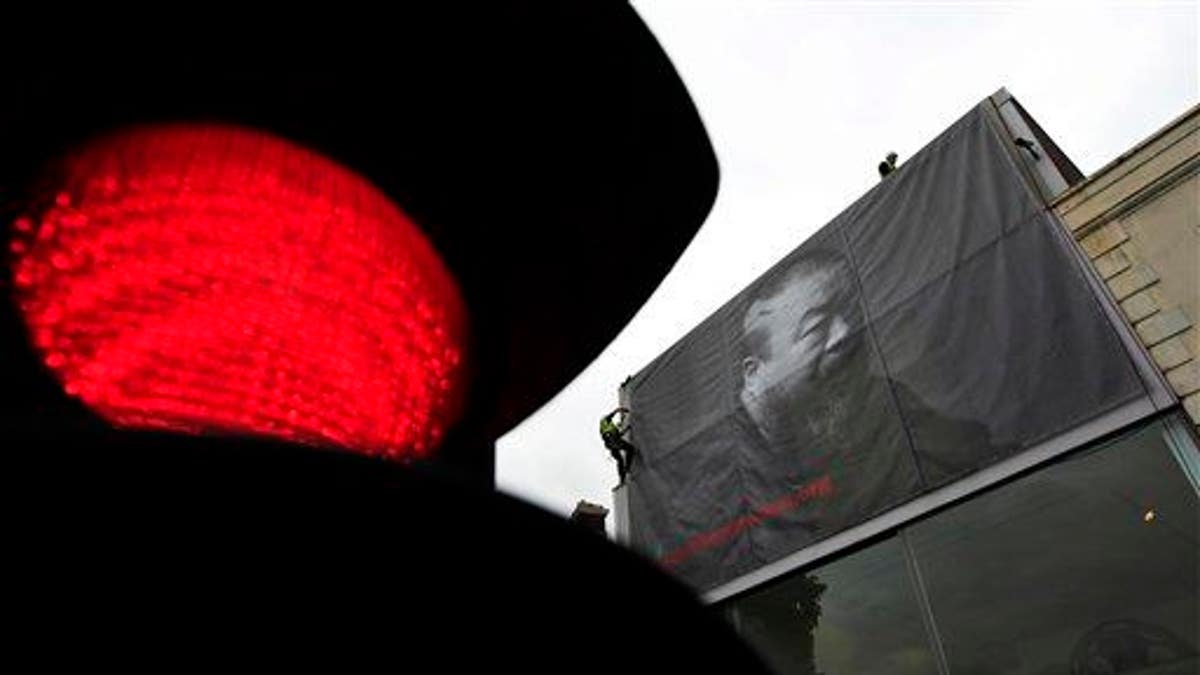
File photo of a red traffic light. (AP Photo/Matt Dunham)
If you already find it annoying to be forced to stop at a red light, we have unfortunate news for you: It's also bad for your health.
A study out of the UK's University of Surrey and published in Atmospheric Environment finds that when drivers are stopped at a traffic light, they are being exposed to harmful nanoparticles emitted from vehicles; these pollutants are known to factor into heart and respiratory diseases.
Researchers found that while a driver spends just 2 percent of his or her total driving time at signal-controlled intersections, that amount of time accounts for 25 percent of total exposure to such particles while in the car, per a press release.
Researchers note that pedestrians should be wary of crossing intersections for the same reason. Such intersections are high in pollution for many reasons: Cars have to rev their engines when the light turns green, and cars sandwich close together at traffic lights, which puts drivers "pretty close to the air pollution source"—that would be the tailpipe of the car ahead, the lead researcher notes in The Conversation.
Peak particle concentration was found to be 29 times higher at intersections during heavy traffic as compared to portions of the road where traffic flowed unobstructed.
"It's not always possible to change your route to avoid these intersections, but drivers should be aware of the increased risks at busy lights," says the author.
No alternative route? Here are some best practices: "Keep vehicle windows shut, fans off, and try to increase the distance between you and the car in front where possible." (You may especially want to avoid intersections if you're pregnant.)
This article originally appeared on Newser: Stopping at Red Lights Is Bad for Your Health
More From Newser
